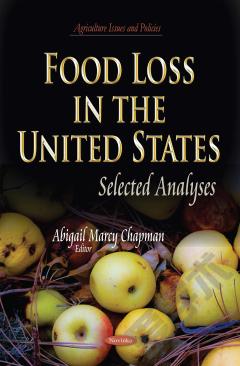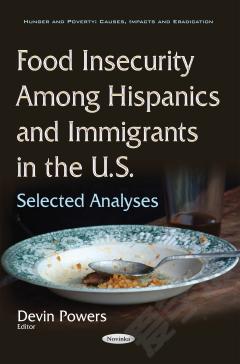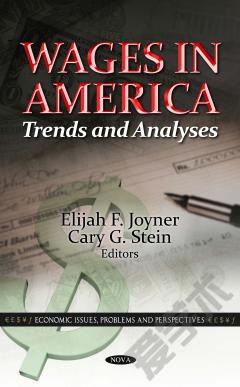Food Loss in the United States: Selected Analyses
“Food loss” represents the amount of edible food, postharvest, that is available for human consumption but is not consumed for any reason; it includes cooking loss and natural shrinkage (e.g., moisture loss); loss from mold, pests, or inadequate climate control; and plate waste. “Food waste” is a component of food loss and occurs when an edible item goes unconsumed, such as food discarded by retailers due to undesirable color or blemishes and plate waste discarded by consumers. Food loss (particularly the food waste component) is becoming an increasingly important topic both domestically and internationally. Better estimates of the amount and value of food loss, including food waste, could help serve as quantitative baselines for policymakers and the food industry to set targets and develop initiatives, legislation, or policies to minimize food waste, conserve resources, and improve human nutrition. Reducing food loss would likely reduce food prices in the United States and the rest of the world, though the effects depend on the nature of supply, including import and export considerations. This book provides an estimated amount, value, and caloric value of postharvest food losses at the retail and consumer level in the United States. It also discusses supermarket loss estimates for fresh fruit, vegetables, meat, poultry, and seafood and their use in the ERD loss-adjusted food availability data.
{{comment.content}}








 京公网安备 11010802027623号
京公网安备 11010802027623号